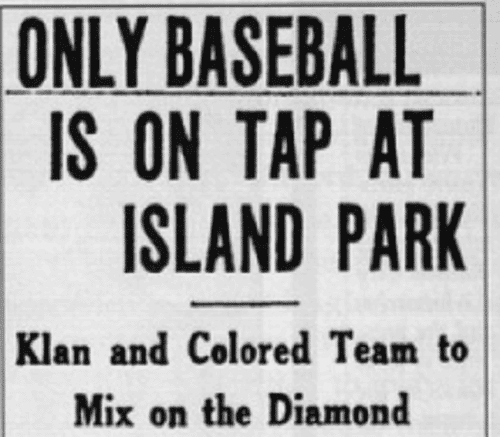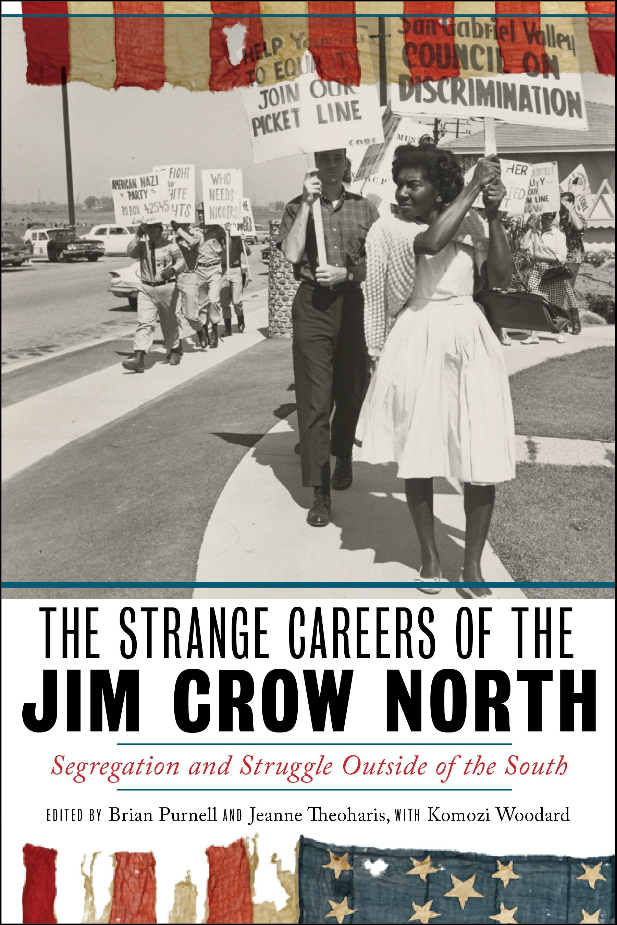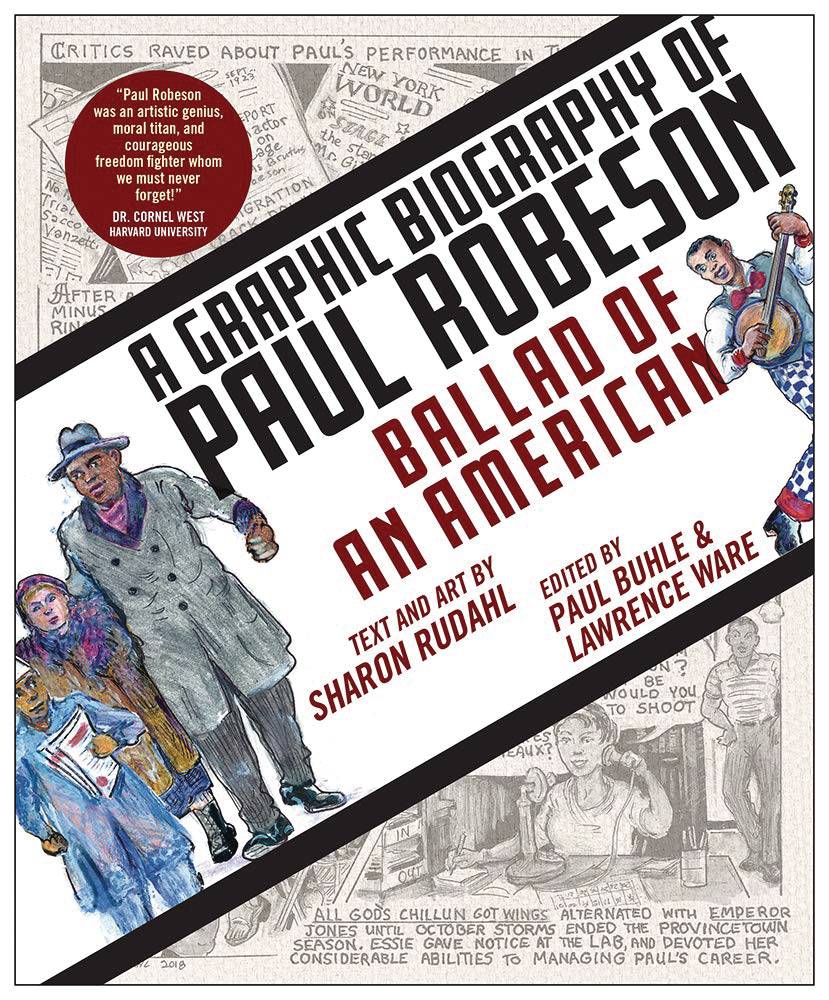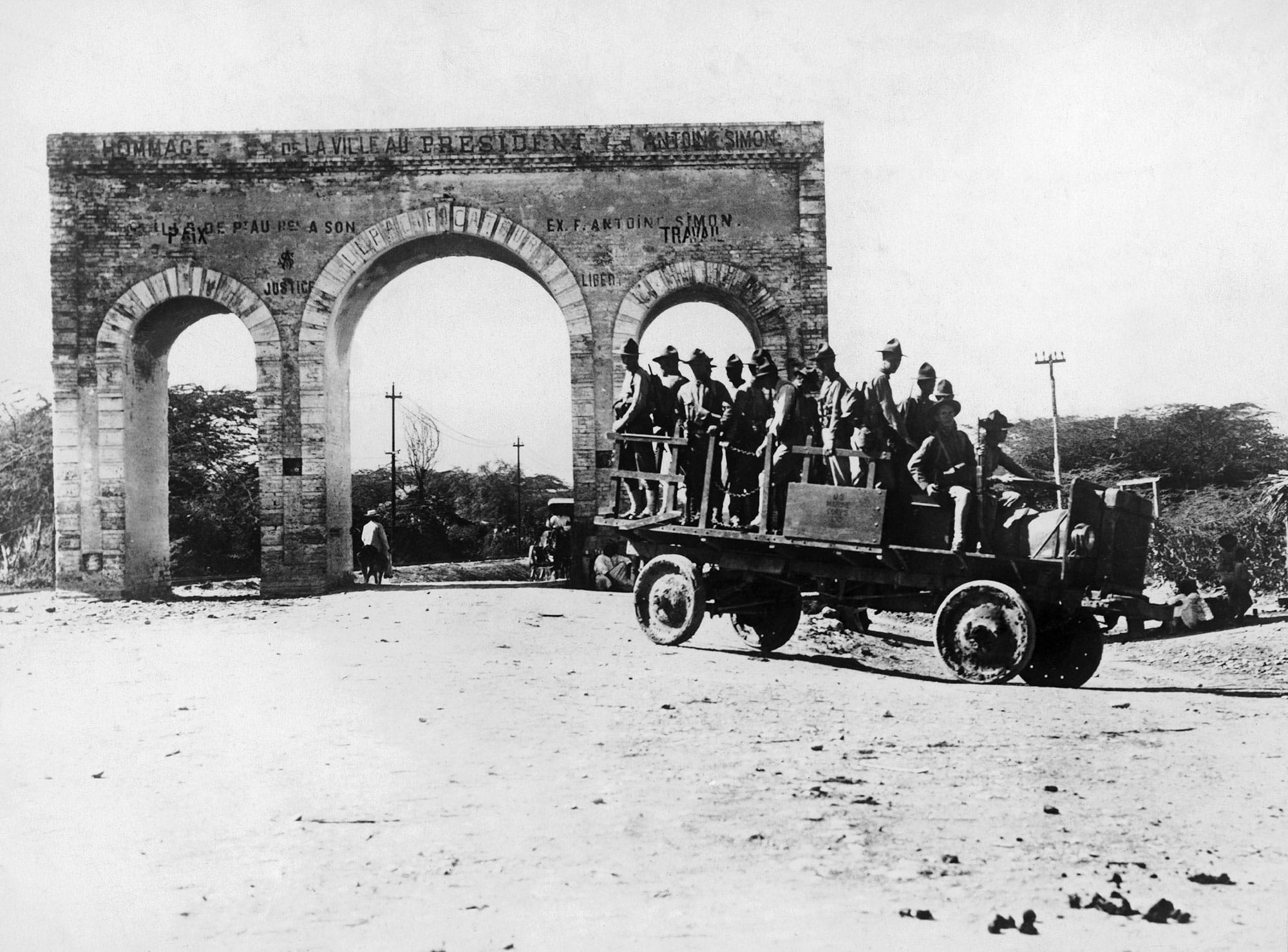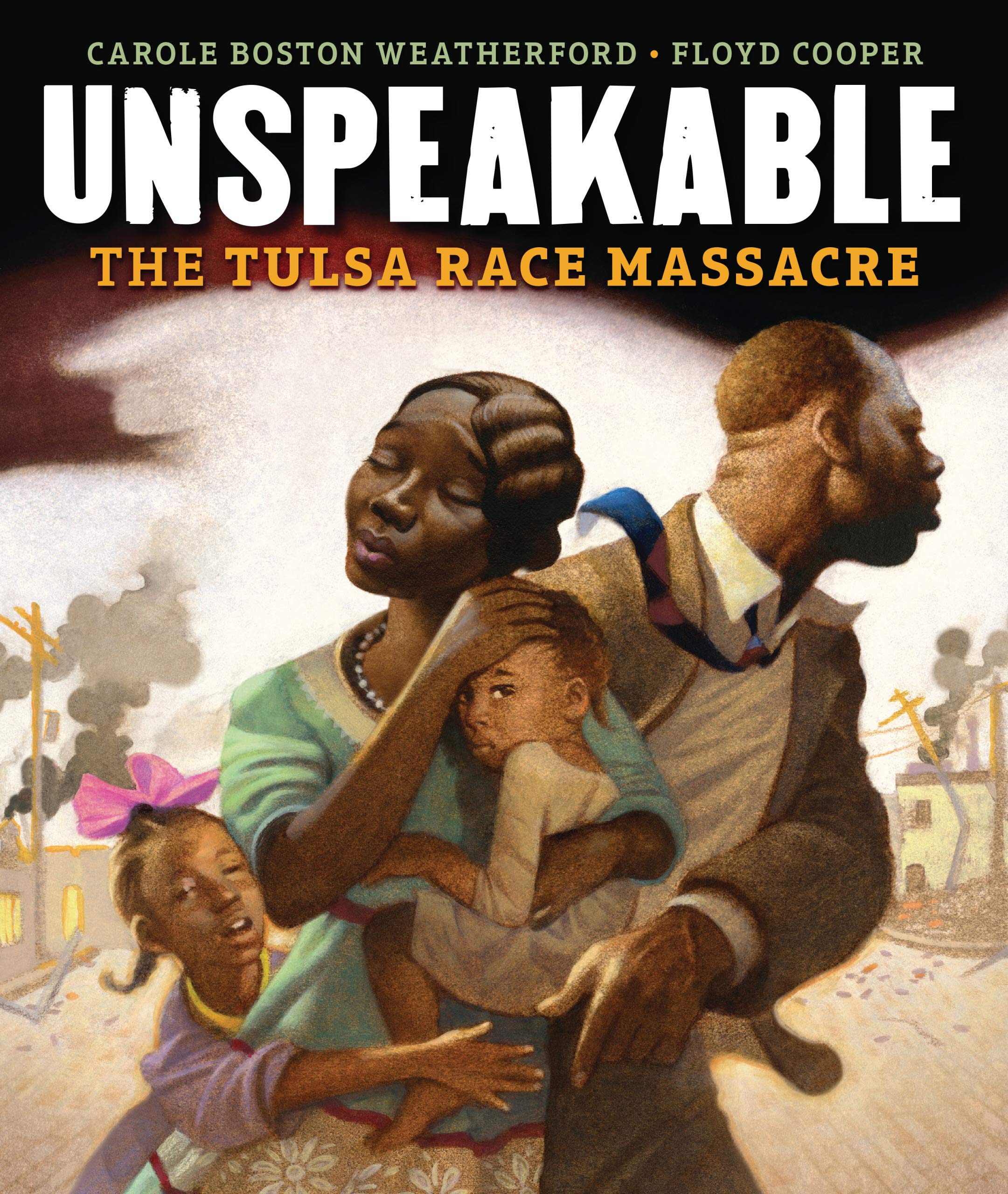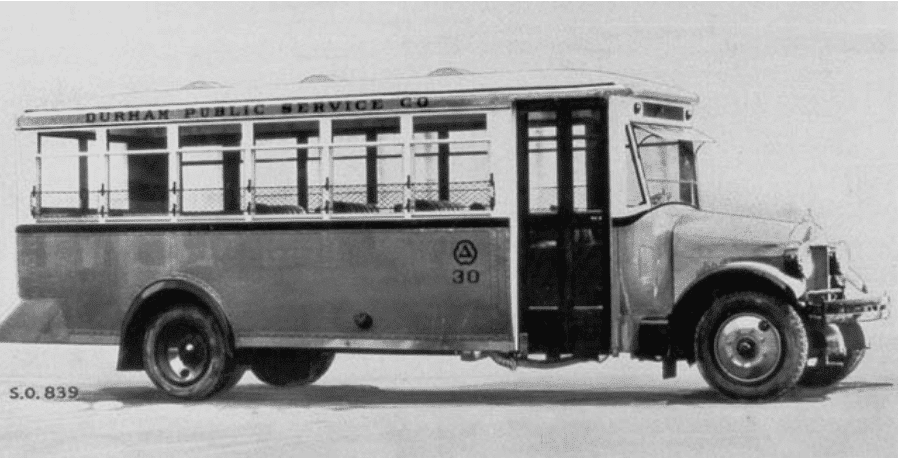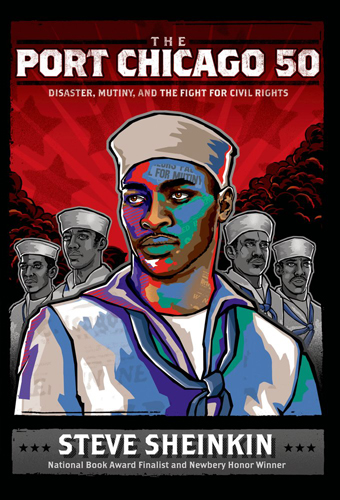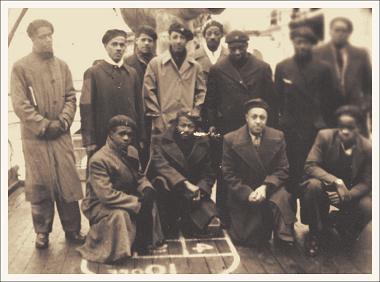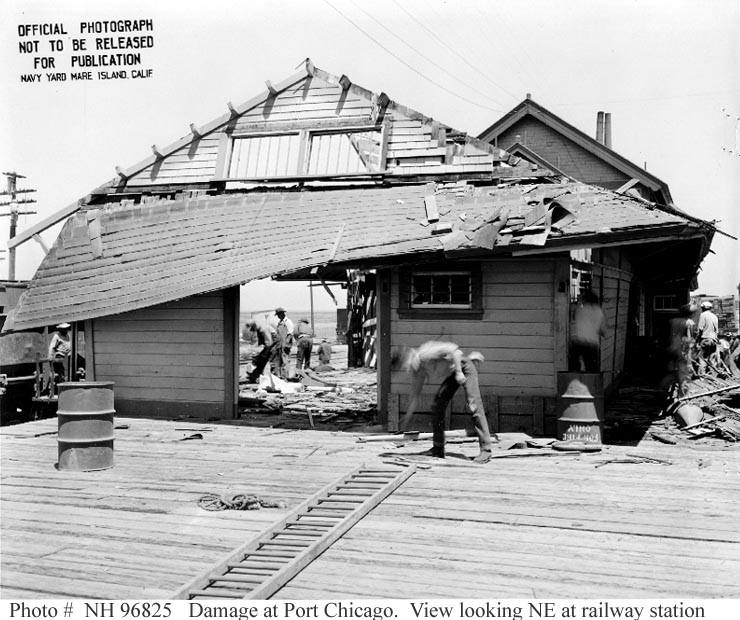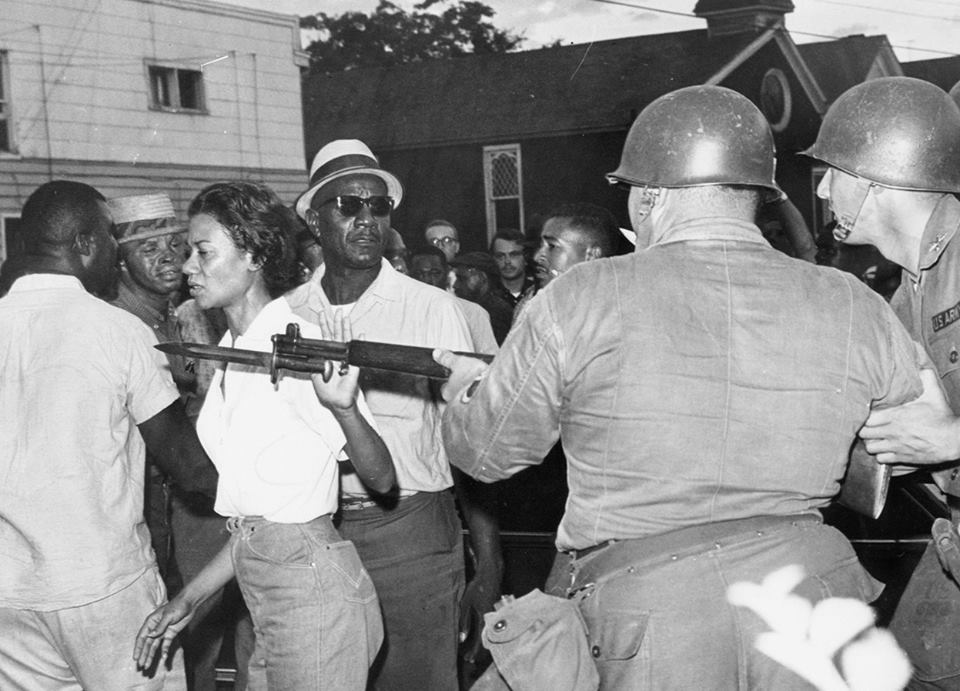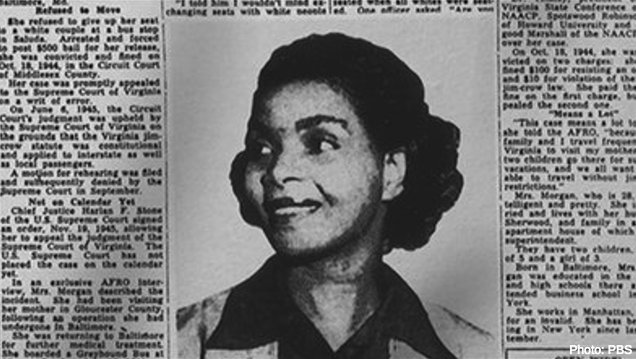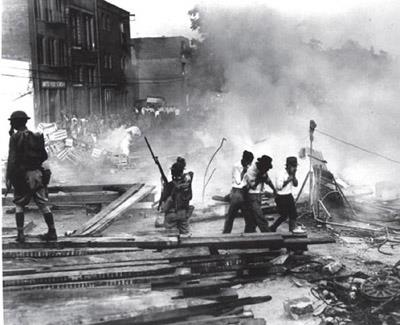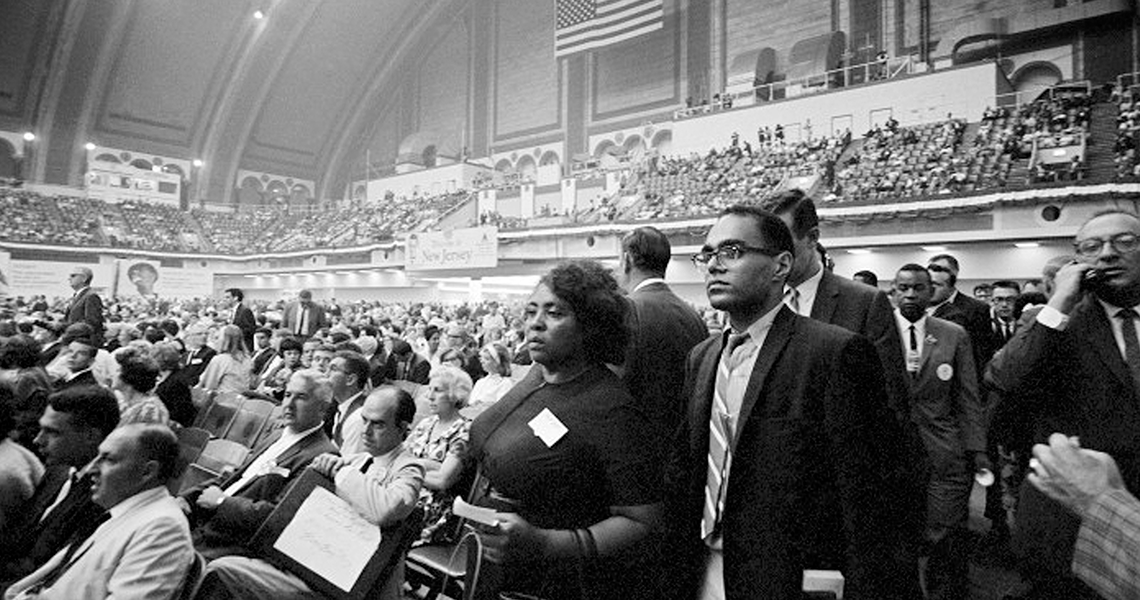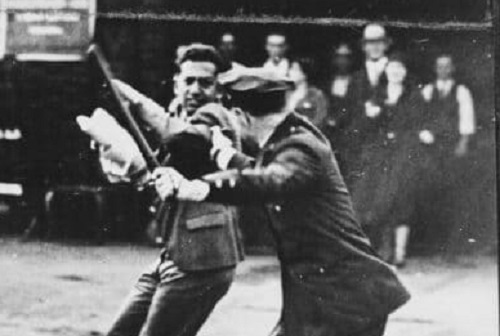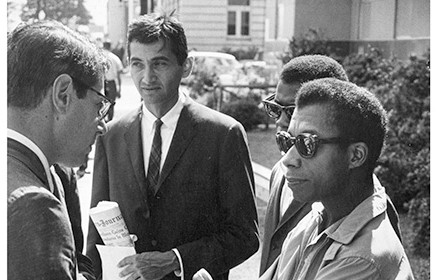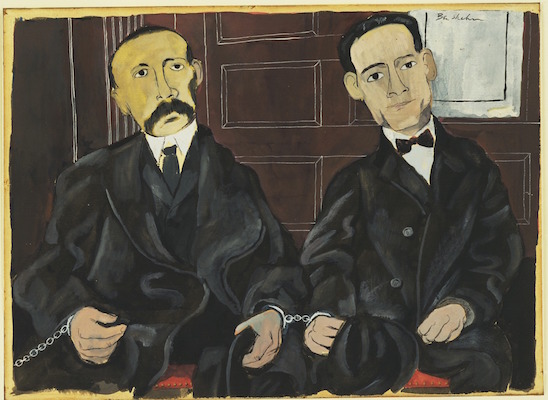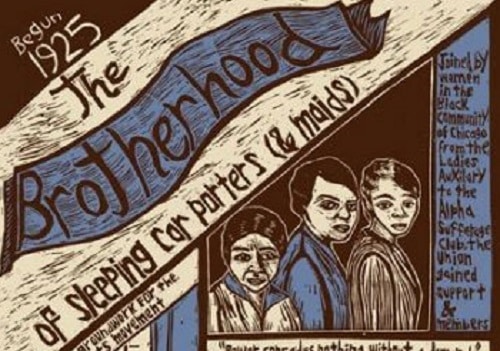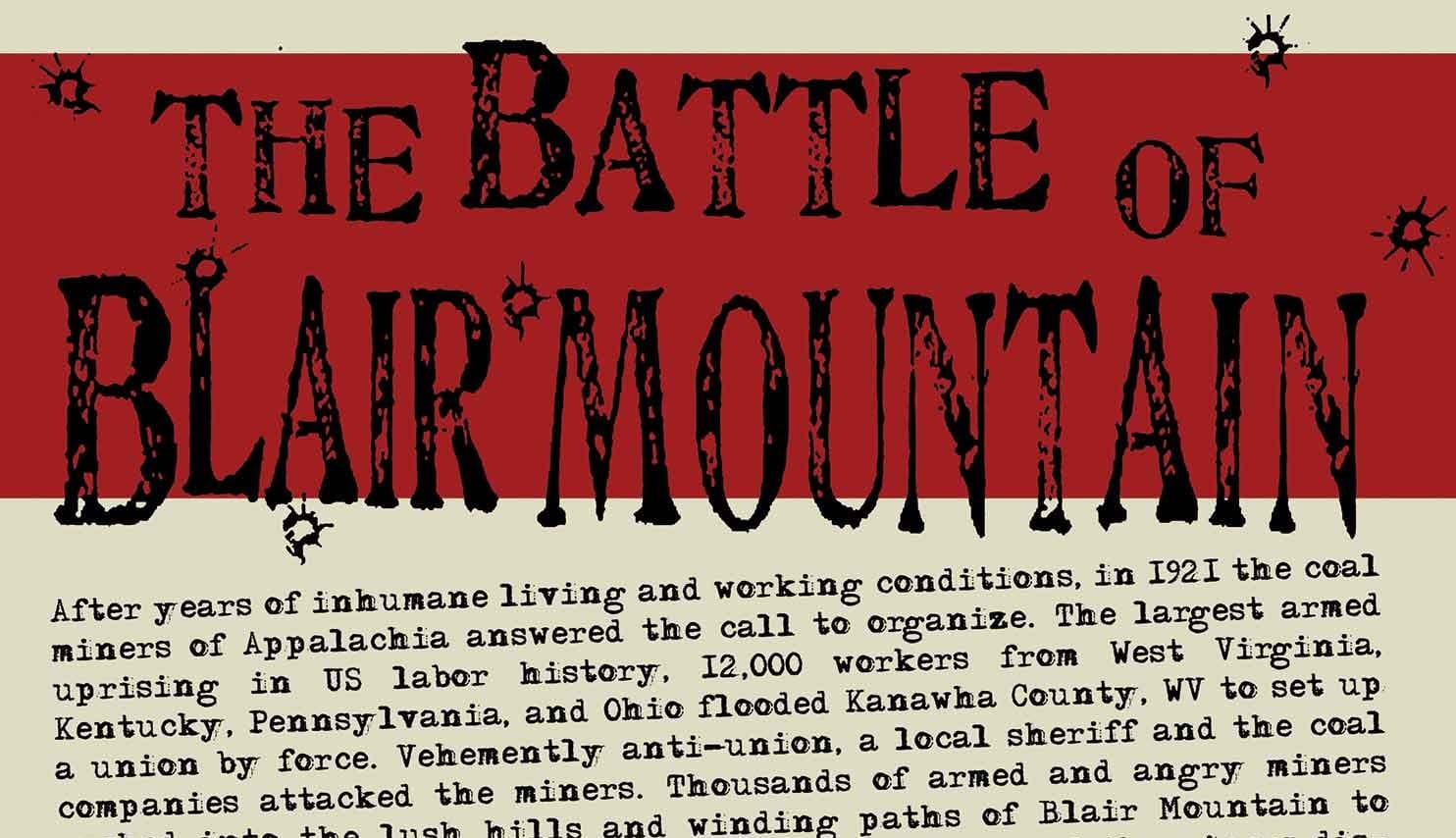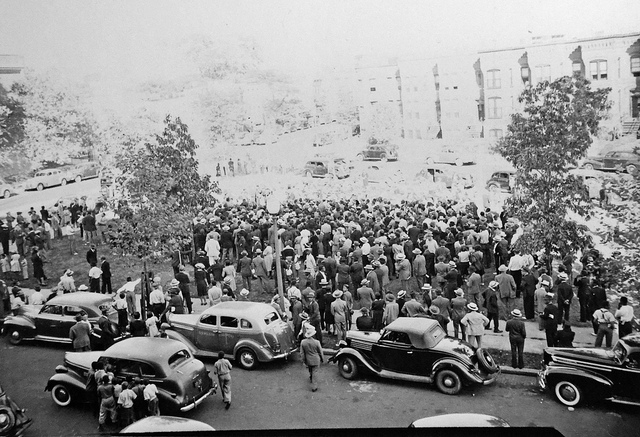Book — Non-fiction. By Barbara Ransby. 2024 (Second Edition). 512 pages.
This biography chronicles Baker's long and rich political career as an organizer, an intellectual, and a teacher, from her early experiences in depression-era Harlem to the civil rights movement of the 1950s and 1960s.
Continue reading
Book — Non-fiction. By Barbara Ransby. 2013. 373 pages.
This biography of cosmopolitan anthropologist Eslanda Cardozo Goode Robeson explores her influence on her husband's early career, their open marriage, and her life as a prolific journalist, a tireless advocate of women's rights, and an outspoken anti-colonial and antiracist activist.
Continue reading
The Wichita Monrovians bested a squad fielded by the white-supremacist Ku Klux Klan terrorist organization at the height of Jim Crow apartheid.
Continue reading
Book — Non-fiction. Edited by Brian Purnell and Jeanne Theoharis with Komozi Woodard. 2019. 352 pages.
This important work shows how the Jim Crow North maintained inequality in the nation’s most liberal places, and chronicles how activists worked to undo those inequities born of Northern Jim Crow.
Continue reading
Teaching Activity. By Ursula Wolfe-Rocca.
Students explore three documents produced in the wake of three major episodes of racial violence (1919, 1967, 2014) to understand the long trajectory of police violence in Black communities.
Continue reading
Book — Non-fiction. Written and illustrated by Sharon Rudahl. Edited by Paul Buhle and Lawrence Ware. 2020. 142 pages.
The first-ever graphic biography of Paul Robeson charts Robeson’s career as a singer, actor, scholar, athlete, and activist who achieved global fame.
Continue reading
One of the worst massacres of civilians during the 19-year American occupation of Haiti took place in Les Cayes.
Continue reading
Picture book. By Carole Boston Weatherford and illustrated by Floyd Cooper. 2021. 32 pages.
This children's book centers the history of the thriving Black community of Greenwood before the 1921 Tulsa Massacre.
Continue reading
Ellen Harris told the bus driver she would accept a refund and get off the bus, but the driver refused to accept her terms and had her arrested for breaking segregation law.
Continue reading
Book — Non-fiction. By Steve Sheinkin. 2014. 208 pages.
The story of 50 African American sailors charged with mutiny during World War II for challenging working conditions after a deadly munitions explosion.
Continue reading
A deadly munitions explosion occurred at the Port Chicago Naval Magazine in Port Chicago, California. When the surviving African Americans sailors demanded safer conditions before returning to work, they faced court martial and jail.
Continue reading
Irene Morgan refused to change her seat on a segregated bus in Virginia.
Continue reading
The U.S. government attacked an encampment of Black and white WWI veterans with tanks, bayonets, and tear gas.
Continue reading
Book — Non-fiction. By Eve L. Ewing. 2019. 96 pages.
Poetic reflections on the Chicago Race Riots of 1919 — part of 'Red Summer' — in a history told through Ewing's speculative and Afrofuturist lenses.
Continue reading
Lifelong organizer in SNCC and with the Algebra Project, Robert Parris Moses, was born on this day in Harlem, New York.
Continue reading
Starting in the spring of 1934, longshoremen across every port on the West Coast struck against the unfair hiring tactics that they experienced daily.
Continue reading
Italian-born immigrants, workers, and anarchists Sacco and Vanzetti were executed in Boston, Massachusetts.
Continue reading
The Brotherhood of Sleeping Car Porters was launched in New York.
Continue reading
The Battle of Blair Mountain was the climax of two mine wars fought in the West Virginia coalfields.
Continue reading
Howard Zinn, a historian, author, professor, playwright, and activist, was born in Brooklyn, New York.
Continue reading
Following years of organizing against police brutality, four marches from different points in the city of Washington, D.C. converged at 10th and U Streets NW.
Continue reading



